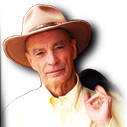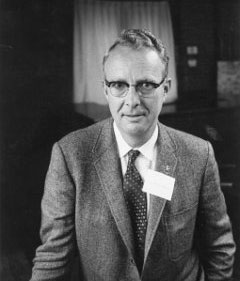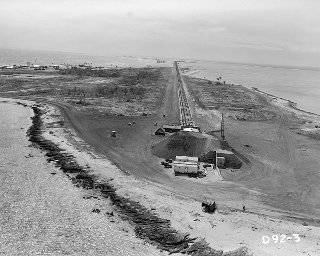Luis Alvarez
Credit: Archival Photographic Files, apf1-00154, Special Collections Research Center, University of Chicago Library
After I got my degree I went off to Berkeley, California to work with Luis Alvarez on the design of their new giant particle accelerator. About six months later Herbert York and Edward Teller came along and said, “We’re starting a new lab and one of our primary objectives will be nuclear fusion power.” This was just what I wanted to do, so I joined the Livermore National Laboratory. But as soon as I got there Herb said, “I’m sorry Stirling, but we need you to work with Los Alamos. They’re about to test the new large hydrogen bomb and I need you to take charge of the diagnostics of that test.”
In 1952 the war was over with Germany and Japan, but now there was another war with Russia, the Cold War. Since the end of World War II the U.S. and Russia competed to build and stockpile nuclear weapons, including a Superbomb that would use nuclear fusion—the same process that powers stars—to generate a massive energy release. At Los Alamos my job was to figure out what radioactive particles and range of energies would come out of an H-bomb blast. Since the gamma-ray signal would tell us the most about what went on in the explosion, it was fortunate that I had experience with gamma-ray diagnostic work.
Castle Bravo site: The site of the test of the first hydrogen bomb by the United States.on March 1, 1954. This was the most powerful nuclear device ever detonated by the United States. This photograph shows the equipment used to the develop the test site, and the dirt foundation for the test structure.
Credit: LANL



